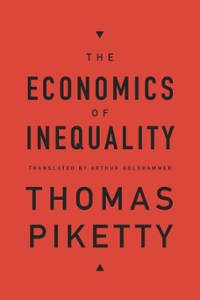Hello I have an economics math graphing question and have provided the question via image. Considering the investment demand (ID) curve on the following graph. Initially, Initially, the interest rate is 4% and the quantity of investment demanded is $260 billion. Suppose an increase in the public debt causes the interest rate to rise from 4% to 6%. The increase in the public debt crowds out $40 billion of private investment? is that correct? Consider two identical economies, economy A and economy B, both of which are producing close to their full employment output levels. The governments in economies A and B both increase the size of their national debts by the same amount. The government in economy A takes on the additional debt to provide free concerts and firework displays for its citizens. The government in economy B takes on the additional debt in order to improve its highways. The crowding-out effect of the increase in public debt will cause the future capital stock in economy A to fall by a larger amount? is that correct? The answers highlighted are the ones I chose please correct me if I'm wrong. Here are the images below.
\fInitially, the interest rate is 4% and the quantity of investment demanded is $260 billion. Suppose an increase in the public debt causes the interest rate to rise from 4% to 6%. The increase in the public debt crowds out V of private investment. (Assume that the increase in the public debt does not affect the position of the investment demand curve.) Consider two identical economies, economy A and economy B, both of which are producing close to their full employment output levels. The governments in economies A and B both increase the size of their national debts by the same amount. The government in economy A takes on the additional debt to provide free concerts and firework displays for its citizens. The government in economy B takes on the additional debt in order to improve its highways. The crowding-out effect of the increase in public debt will cause the future capital stock in economy A to fall by a V amount than the future capital stock in economy B. Initially, the interest rate is 4% and the quantity of investment demanded is $260 billion. Suppose an increase in the public debt causes the interest rate to rise from 4% to 6%. The increase in the public debt crowds out V of private investment. (Assume that the increase in the public debt does not affect the position of the investment demand curv $20 billion Consider two identical economies, economy A and economy B, both of $60 billion cing close to their full employment output levels. The governments in economies A and B both increase the size of their natio e same amount. The government in economy A takes on the $100 billion additional debt to provide free concerts and firework displays for its citi rnment in economy B takes on the additional debt in order to improve its highways. The crowdingout effect of the increase in public $40 billion the future capital stock in economy A to fall by a V amount than the future capital stock in economy B. Initially, the interest rate is 4% and the quantity of investment demanded is $260 billion. Suppose an increase in the public debt causes the interest rate to rise from 4% to 6%. The increase in the public debt crowds out V of private investment. (Assume that the increase in the public debt does not affect the position of the investment demand curve.) wo identical economies, economy A and economy B, both of which are producing close to their full employment output levels. The ts in economies A and B both increase the size of their national debts by the same amount. The government in economy A takes on the .ebt to provide free concerts and firework displays for its citizens. The government in economy B takes on the additional debt in order to highways. The crowdingout effect of the increase in public debt will cause the future capital stock in economy A to fall by a V amount than the future capital stock in economy B










